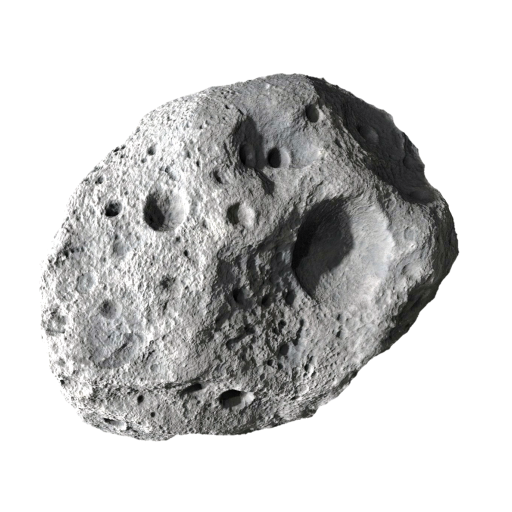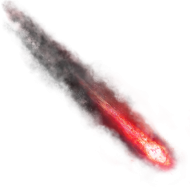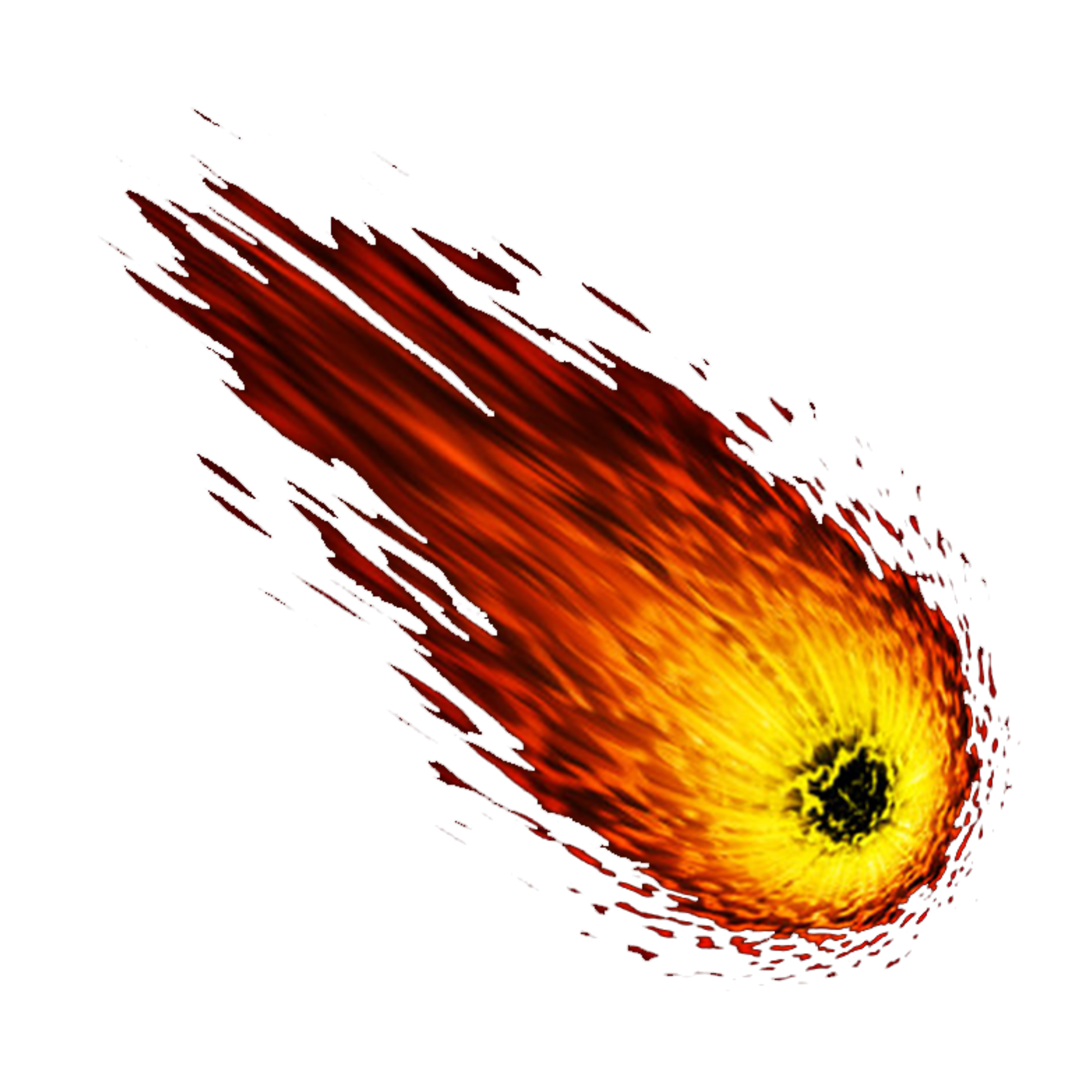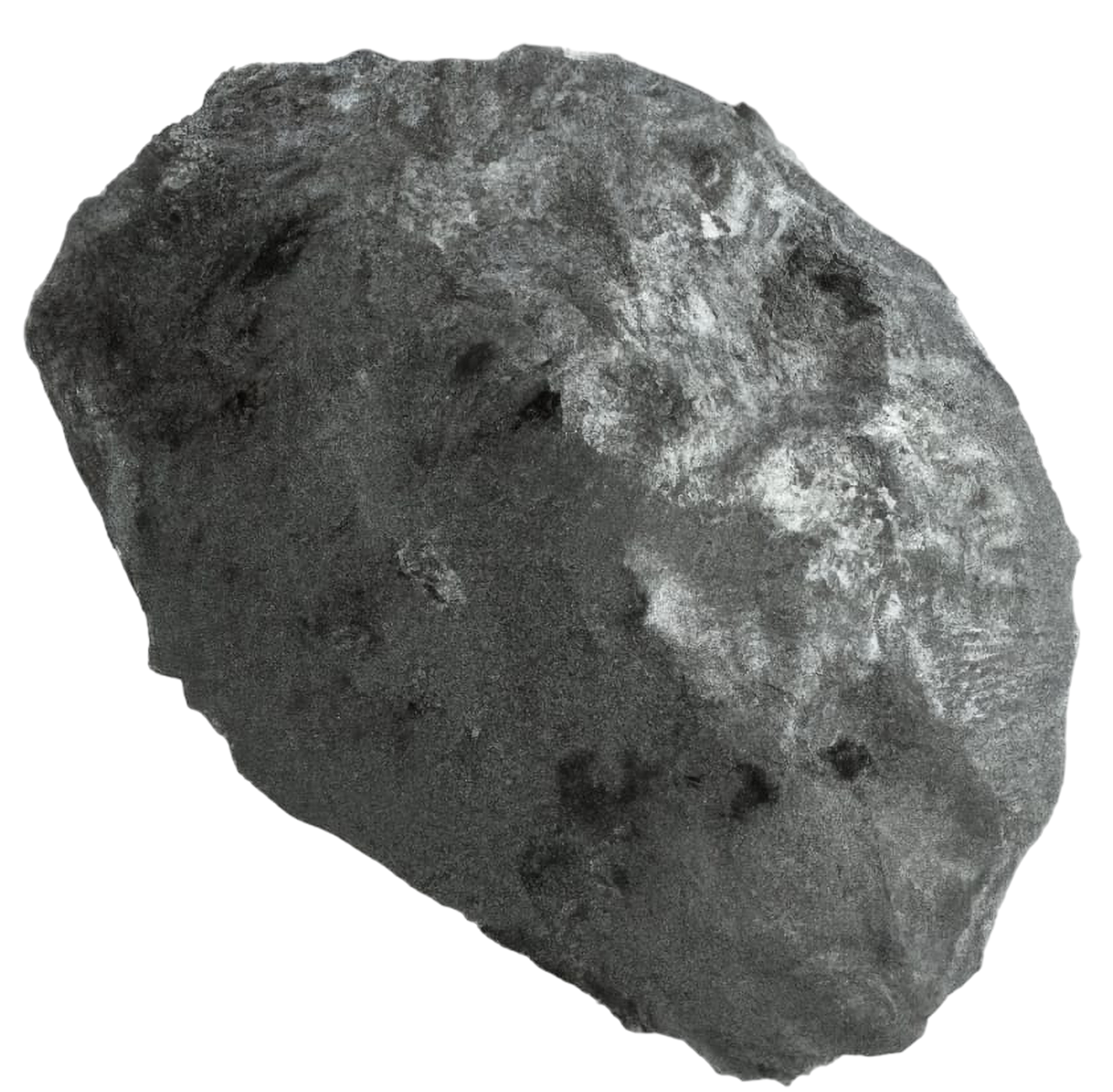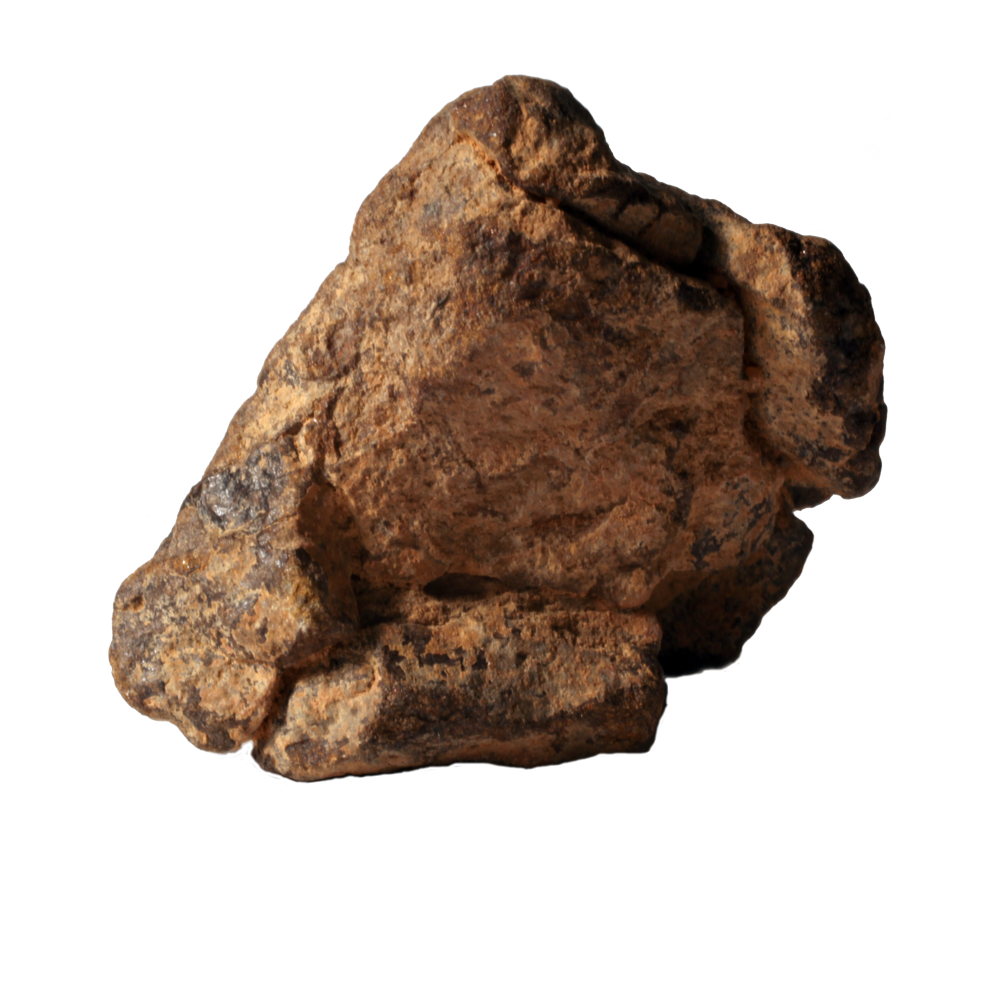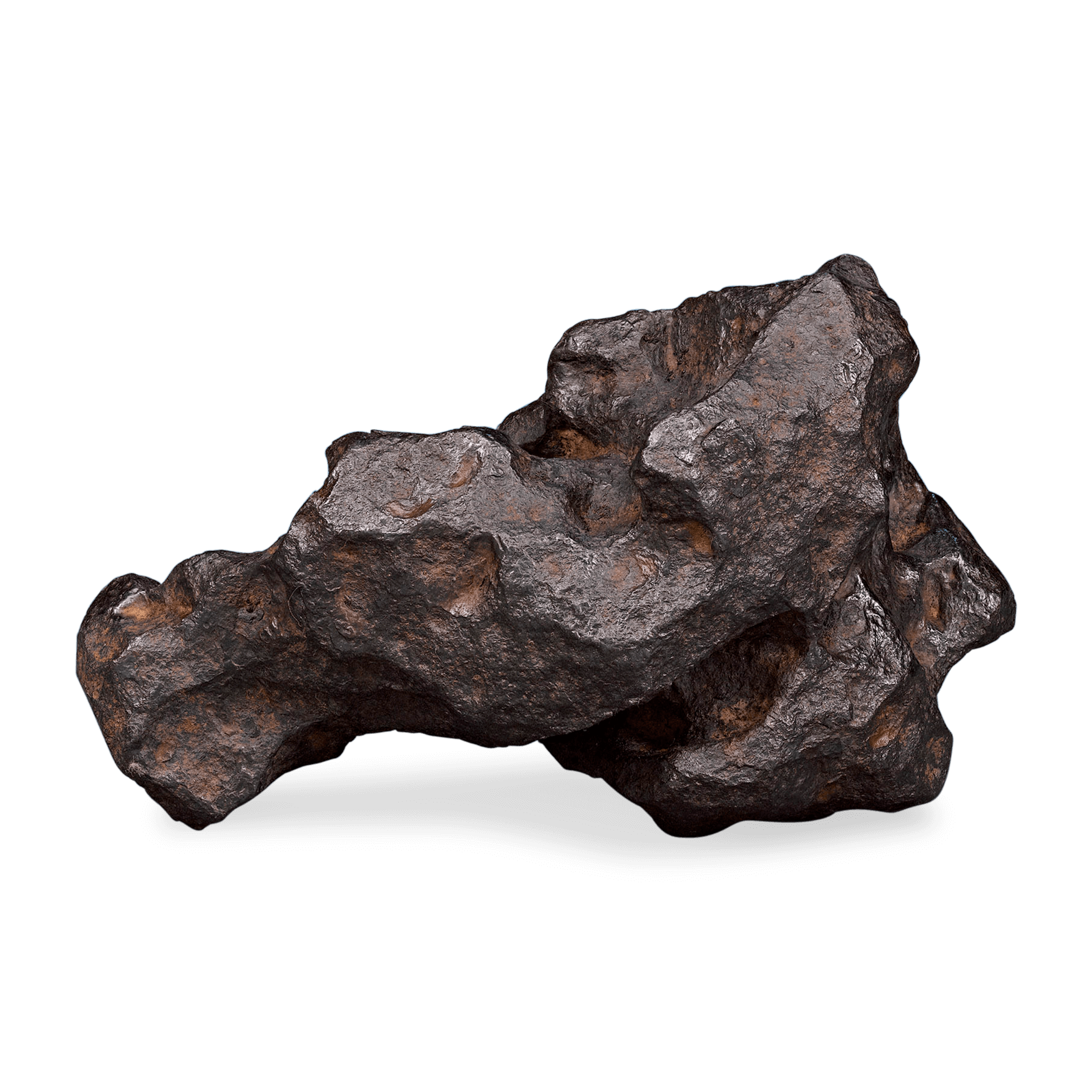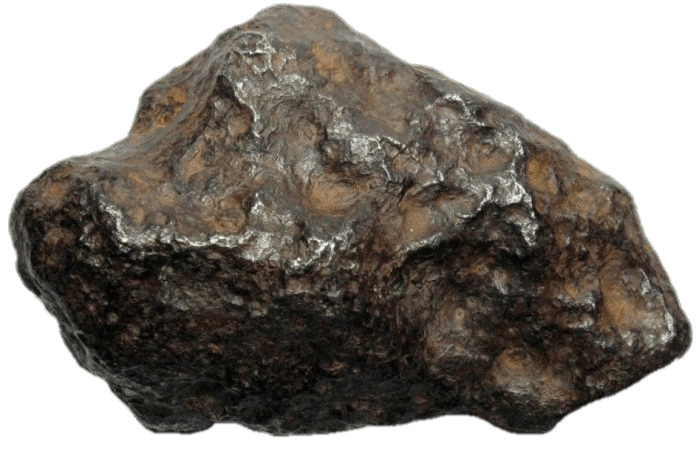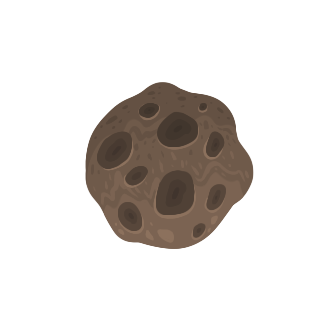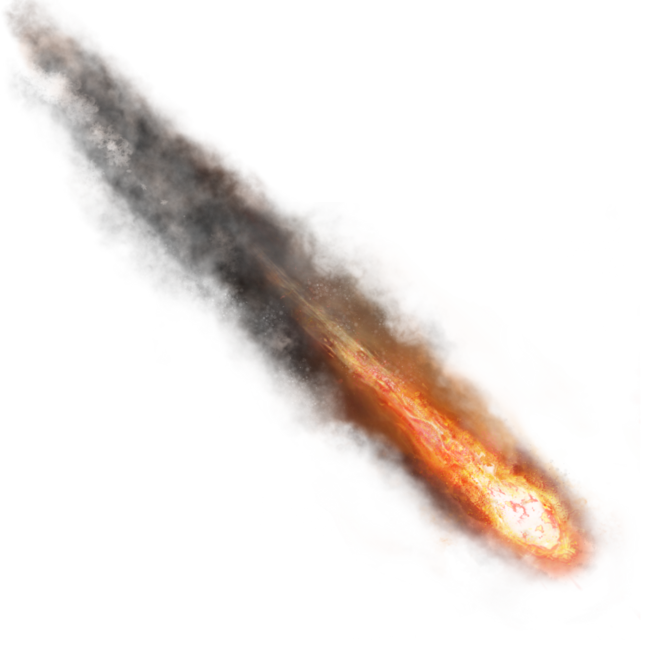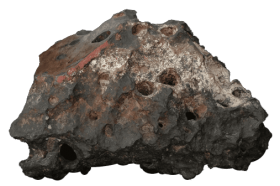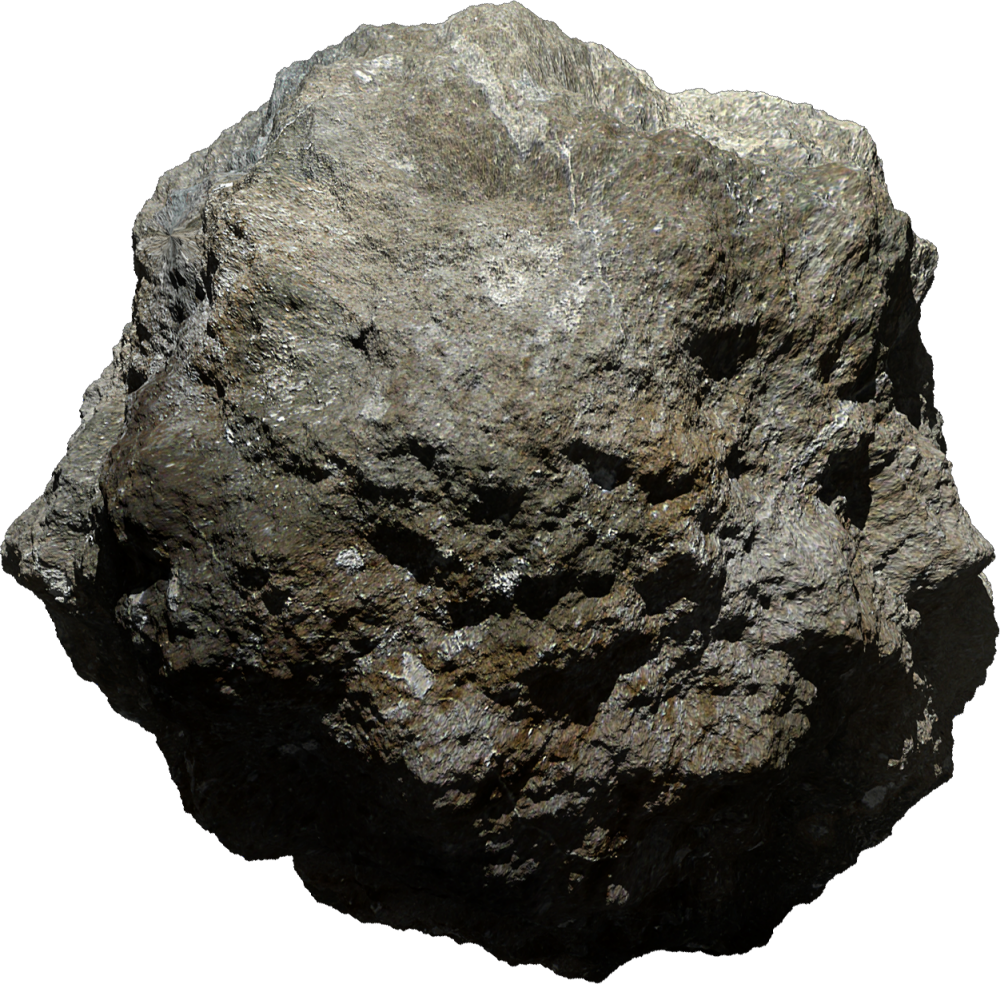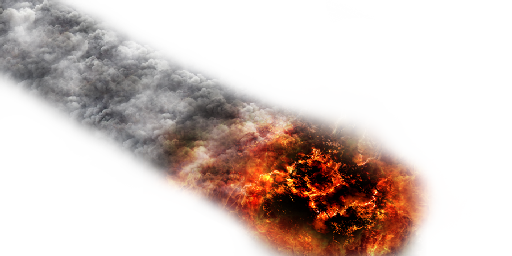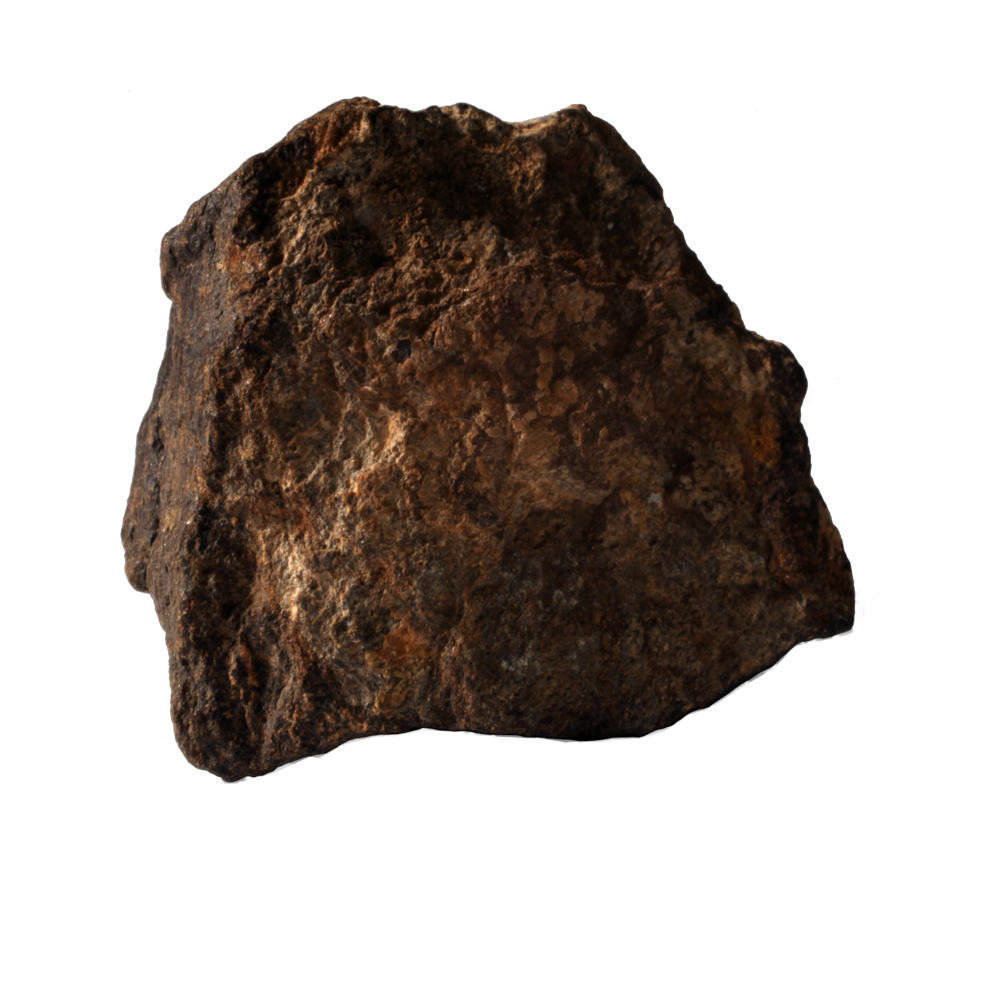Download top and best high-quality free Meteorite PNG Transparent Images backgrounds available in various sizes. To view the full PNG size resolution click on any of the below image thumbnail.
License Info: Creative Commons 4.0 BY-NC
A meteorite is a solid piece of debris from either a comet, asteroid, or a meteoroid that survives its passage through the Earth’s atmosphere and lands on the Earth’s surface. These space rocks provide scientists with valuable information about the formation and evolution of the Solar System. Most meteorites come from the asteroid belt between the orbits of Mars and Jupiter, but some come from the Moon or Mars. In this article, we will discuss the properties, types, and impact of meteorites on Earth.
Properties of Meteorites
Meteorites are composed of various minerals and trace elements that give them unique properties. They are typically made up of rock-forming minerals such as silicates, oxides, and sulfides. Some meteorites contain small amounts of metal, including iron, nickel, and platinum-group elements. The metal content in meteorites can range from less than 1% to over 95%. The presence of metal often gives a meteorite a distinct appearance by forming a metallic crust or fusion crust which is formed when the rock melts upon entering the Earth’s atmosphere.
Meteorites are classified based on their mineralogy, texture, and chemical composition, among other factors. The three main types of meteorites are stony meteorites, iron meteorites, and stony-iron meteorites. The most common type of meteorite is the stony meteorite, which is composed mostly of silicate minerals like olivine and pyroxene. Iron meteorites are composed mostly of iron with a small amount of nickel, while stony-iron meteorites contain roughly equal parts of silicates and metal.
Types of Meteorites
The classification of meteorites is based on their mineralogy, texture, and chemical composition. There are three main types of meteorites: stony meteorites, iron meteorites, and stony-iron meteorites.
Stony Meteorites
Stony meteorites are the most common type of meteorite and are composed of silicate minerals. They are further divided into two categories: chondrites and achondrites.
Chondrites are the most primitive meteorites and are believed to be among the first solid materials to have formed in the Solar System. They are composed of small, round grains called chondrules, which are made up of silicates including olivine, pyroxene, and plagioclase. Chondrites also contain small amounts of metal, sulfides, and other minerals. The chondrule textures, mineralogy, and chemical composition provide important information about the early Solar System.
Achondrites are meteorites that have undergone significant melting and differentiation, meaning they are composed of minerals that have formed when the rock was liquid. They are further classified into several subgroups based on their mineralogy, texture, and chemical composition. Some achondrites are believed to have originated from the Moon or Mars, while others are thought to be from asteroids that have experienced extensive melting.
Iron Meteorites
Iron meteorites are composed mostly of iron with a small amount of nickel. They are believed to come from the cores of small planetesimals that formed early in the Solar System’s history. The metal content in iron meteorites can range from less than 1% to over 95%. Most iron meteorites have a distinctive Widmanstätten pattern, which is caused by the cooling of metal from a high-temperature liquid to a solid state over a long period of time.
Stony-iron Meteorites
Stony-iron meteorites are composed of roughly equal parts of metal and silicates. They are believed to have formed at the boundary between the metal-rich and silicate-rich regions of small planetesimals.
Impact of Meteorites on Earth
Meteorites have had a significant impact on Earth’s history, both through their destructive potential and their scientific importance. Large meteorites can cause significant damage when they explode in the atmosphere or strike the Earth’s surface. The most famous meteorite impact in recent history occurred in 1908, when a large meteoroid exploded in the atmosphere over Tunguska, Russia. The explosion flattened trees over an area of 2,000 square kilometers, but thankfully, there were no human casualties.
In addition to their destructive potential, meteorites provide important information about the early Solar System, including the age and composition of the Earth, the Moon, and other planets. By studying meteorites, scientists can learn about the processes that formed the Solar System, how materials were transported between different regions, and the geological and environmental conditions that existed in the early Solar System.
Meteorites are valuable sources of information about the formation and evolution of the Solar System. They come in three main types, based on their mineralogy, texture, and chemical composition, and provide insight into the early history of our planet and others in our Solar System. While they can be destructive, meteorites have also provided significant scientific discoveries that have advanced our understanding of the universe we live in.
Download Meteorite PNG images transparent gallery
- Meteorite PNG Image HD
Resolution: 512 × 512
Size: 296 KB
Image Format: .png
Download
- Meteorite PNG Image
Resolution: 190 × 190
Size: 33 KB
Image Format: .png
Download
- Meteorite PNG Images HD
Resolution: 2362 × 2362
Size: 1807 KB
Image Format: .png
Download
- Meteorite PNG Images
Resolution: 512 × 512
Size: 12 KB
Image Format: .png
Download
- Meteorite PNG Photo
Resolution: 1920 × 1883
Size: 2592 KB
Image Format: .png
Download
- Meteorite PNG Photos
Resolution: 1000 × 1000
Size: 753 KB
Image Format: .png
Download
- Meteorite PNG Pic
Resolution: 800 × 796
Size: 34 KB
Image Format: .png
Download
- Meteorite PNG Picture
Resolution: 1750 × 1750
Size: 2213 KB
Image Format: .png
Download
- Meteorite PNG
Resolution: 512 × 512
Size: 30 KB
Image Format: .png
Download
- Meteorite Transparent
Resolution: 696 × 464
Size: 167 KB
Image Format: .png
Download
- Meteorite
Resolution: 658 × 665
Size: 200 KB
Image Format: .png
Download
- Meteorite Background PNG
Resolution: 1000 × 1000
Size: 289 KB
Image Format: .png
Download
- Meteorite No Background
Resolution: 325 × 325
Size: 14 KB
Image Format: .png
Download
- Meteorite PNG Clipart
Resolution: 658 × 658
Size: 299 KB
Image Format: .png
Download
- Meteorite PNG Cutout
Resolution: 280 × 186
Size: 71 KB
Image Format: .png
Download
- Meteorite PNG File
Resolution: 512 × 512
Size: 35 KB
Image Format: .png
Download
- Meteorite PNG Free Image
Resolution: 1000 × 984
Size: 1599 KB
Image Format: .png
Download
- Meteorite PNG HD Image
Resolution: 512 × 256
Size: 200 KB
Image Format: .png
Download
- Meteorite PNG Image File
Resolution: 1000 × 1000
Size: 760 KB
Image Format: .png
Download
